5 Easy Bodyweight Tests That Show Your Real Fitness After 45
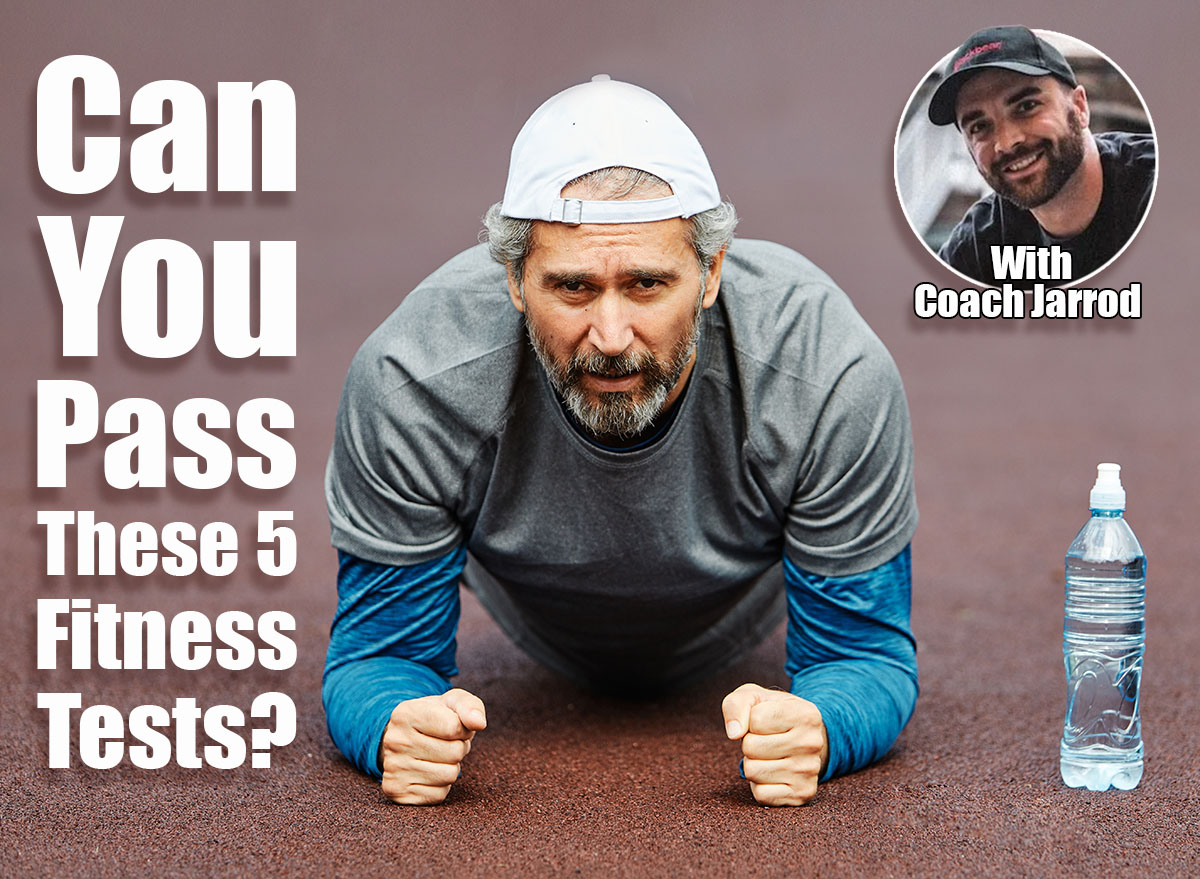
After 45, fitness is about building the kind of strength, endurance, and stability that makes every part of life easier. You want to move well, feel capable, and stay physically prepared for whatever the day throws at you.
Bodyweight tests are one of the most effective ways to measure these qualities. They require no equipment, take only a few minutes, and highlight the abilities that matter most: strength, mobility, balance, and cardiovascular health.
The value of these tests comes from their honesty. They strip fitness down to its essentials and give you a clear answer about where your body stands right now. No guesswork, no fancy tracking, just simple markers of performance you can measure anywhere.
Over the following five tests, you’ll learn how well your body can push, stabilize, balance, and endure. Each one tells a different story about your fitness, and together they’ll give you the clearest picture of how strong and capable you are after 45.
Test #1: The Push-Up Test
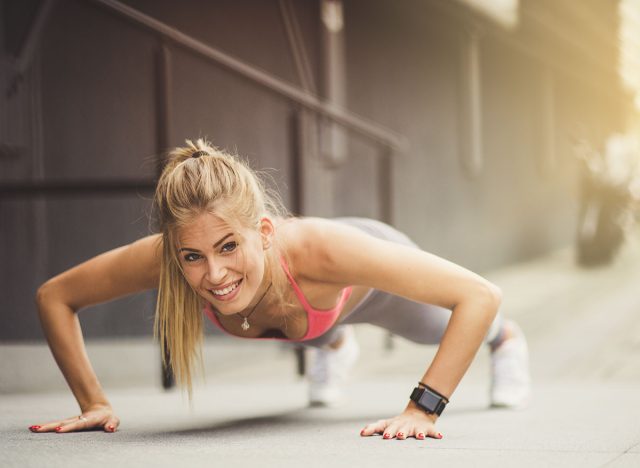
Push-ups measure more than upper-body strength. They reveal how well your chest, shoulders, arms, and core can coordinate under tension. High scores here mean you have the strength to handle real-life tasks like lifting, pushing, or bracing your body under load. A weak push-up score often points to gaps in strength endurance that need fixing.
Muscles Tested: Chest, shoulders, triceps, core
How to Do It:
- Get into a plank position with your hands under your shoulders.
- Keep your body straight from head to heels.
- Lower your chest until it nearly touches the ground.
- Press back up without letting your hips sag.
- Do as many clean reps as possible.
Benchmark:
- Excellent: 25+ reps
- Good: 15–24 reps
- Needs Work: Under 15 reps
Test #2: The Sit-to-Stand Test
Being able to repeatedly stand up from a chair without help is a powerful predictor of independence and long-term health. This test reflects lower-body strength, balance, and mobility simultaneously. A strong performance shows that your legs can support you in everything from climbing stairs to getting off the floor with confidence.
Muscles Tested: Quads, hamstrings, glutes, core
How to Do It:
- Sit in the middle of a sturdy chair with your arms crossed.
- Place your feet flat and shoulder-width apart.
- Stand up fully without using your hands.
- Sit back down under control.
- Repeat as many times as possible in 30 seconds.
Benchmark:
- Excellent: 20+ reps
- Good: 15–19 reps
- Needs Work: Under 15 reps
Test #3: The Plank Hold
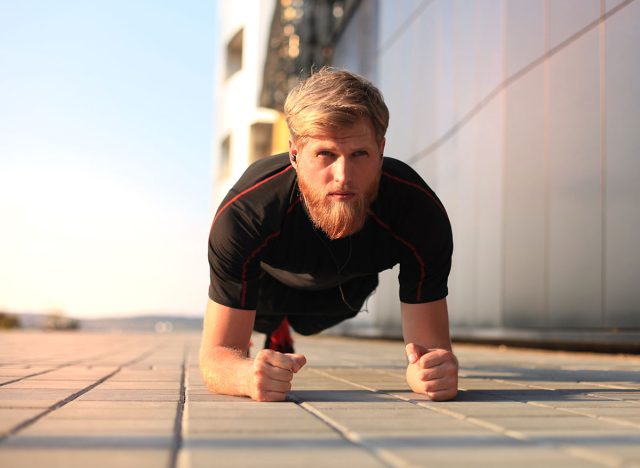
Core strength is the foundation of nearly every athletic and daily movement. A strong plank time means your trunk can stabilize under pressure, which helps prevent back pain, improve posture, and makes lifting or carrying safer. Weakness here often explains nagging injuries and poor performance in other tests.
Muscles Tested: Core, shoulders, back, glutes
How to Do It:
- Get into a forearm plank with your elbows under your shoulders.
- Keep your body straight from head to heels.
- Hold the position without sagging or raising your hips.
- Time how long you can maintain perfect form.
Benchmark:
- Excellent: 90+ seconds
- Good: 60–89 seconds
- Needs Work: Under 60 seconds
Test #4: The Balance Test
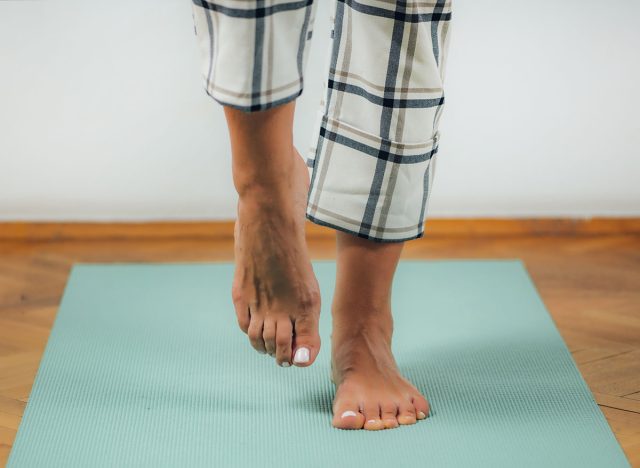
Balance is often overlooked, yet it directly impacts safety and longevity. Strong balance shows that your muscles and nervous system are working in sync, reducing your risk of falls and improving movement efficiency. If you struggle here, it’s a sign that stability training should be a top priority.
Muscles Tested: Ankles, calves, quads, core
How to Do It:
- Stand tall with your feet together.
- Lift one foot off the floor and hold it by your opposite ankle.
- Keep your gaze forward and arms relaxed.
- Hold as long as possible, then switch sides.
Benchmark:
- Excellent: 45+ seconds per leg
- Good: 30–44 seconds per leg
- Needs Work: Under 30 seconds
Test #5: The Step Test
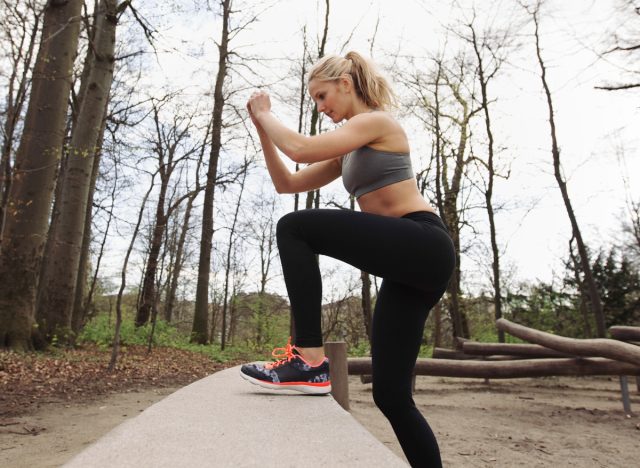
Cardiovascular endurance is a marker of how well your body can sustain effort over time. This test gives you quick insight into your heart and lung capacity. Strong scores reflect the stamina needed for hiking, sports, or simply keeping up with an active lifestyle. Low scores highlight the need to build aerobic conditioning for health and longevity.
Muscles Tested: Quads, hamstrings, calves, glutes, heart and lungs
How to Do It:
- Find a step about 12 inches high.
- Step up with one foot, then the other.
- Step down in the same order.
- Continue stepping for 3 minutes at a steady pace.
- Immediately check your heart rate after finishing.
Benchmark (Heart Rate Recovery):
- Excellent: Under 85 beats per minute after 1 minute
- Good: 85–99 beats per minute after 1 minute
- Needs Work: 100+ beats per minute after 1 minute
Turn Results Into a Fitness Plan
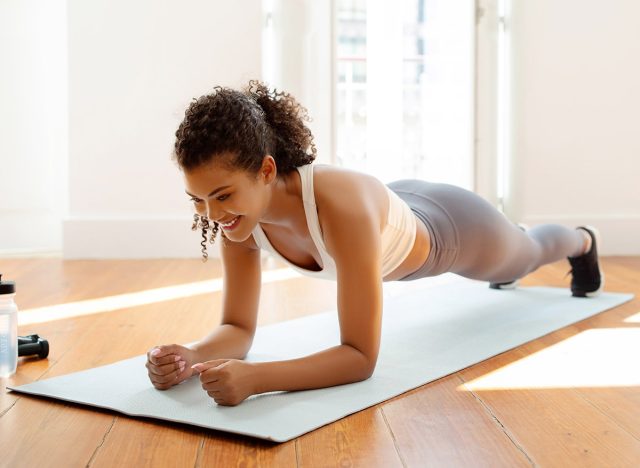
These tests don’t just tell you where you are; they point to where you need to go. Use your results as a blueprint for training and lifestyle adjustments that will keep you strong and healthy for decades.
- Prioritize strength training: If push-ups and sit-to-stand feel tough, add two to three strength sessions each week.
- Build core stability daily: Short plank holds and anti-rotation drills pay off in posture, spine health, and lifting strength.
- Add balance work: Single-leg exercises, yoga, or simple daily balance drills can dramatically reduce fall risk.
- Train your heart consistently: Brisk walks, cycling, or interval training boost recovery scores and overall stamina.
- Retest every 8 to 12 weeks: Use the same tests to track progress and reset your goals.
Looking for more easy ways to lose fat? Here’s How Long Your Walking Workout Should Be To Shrink Belly Fat.